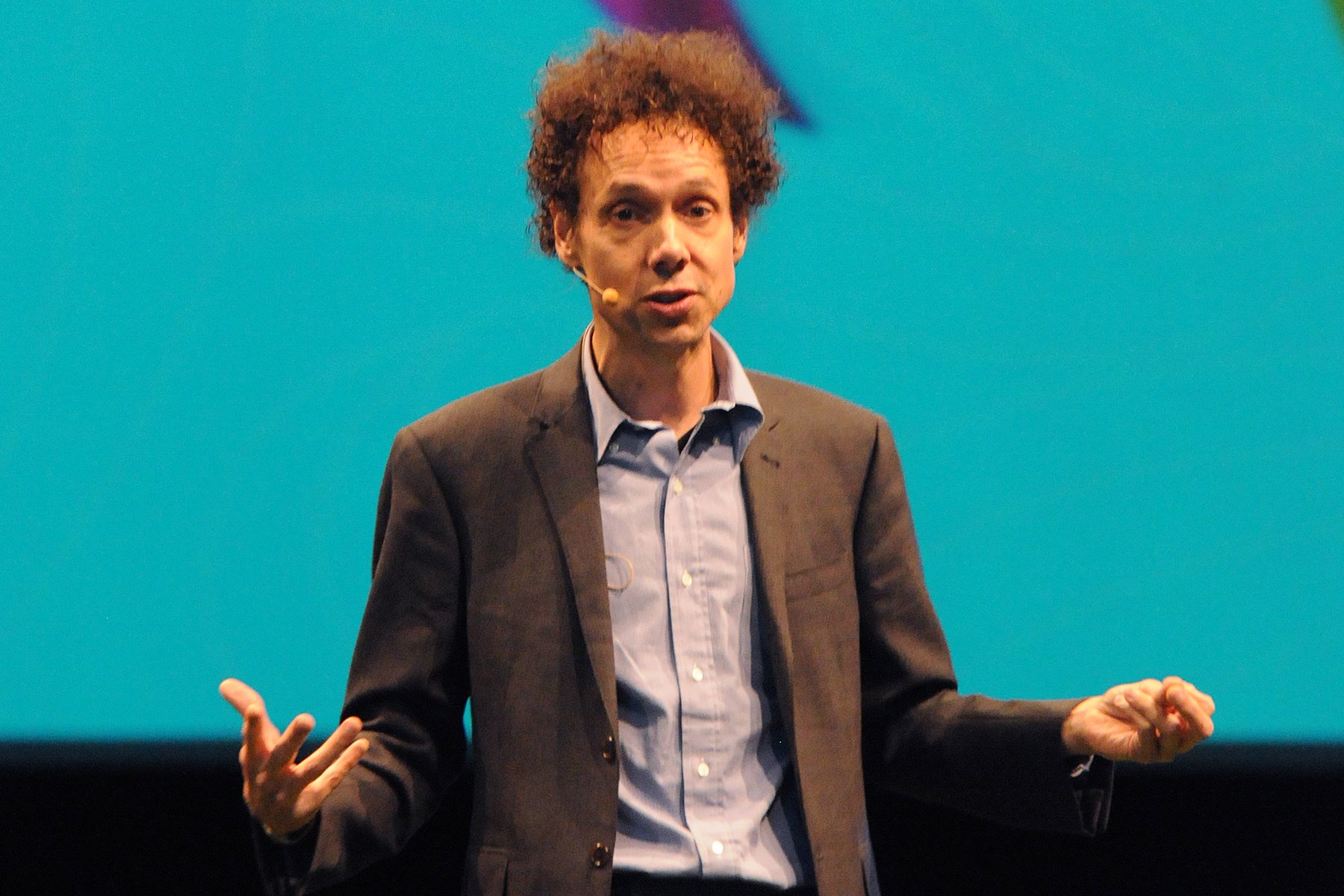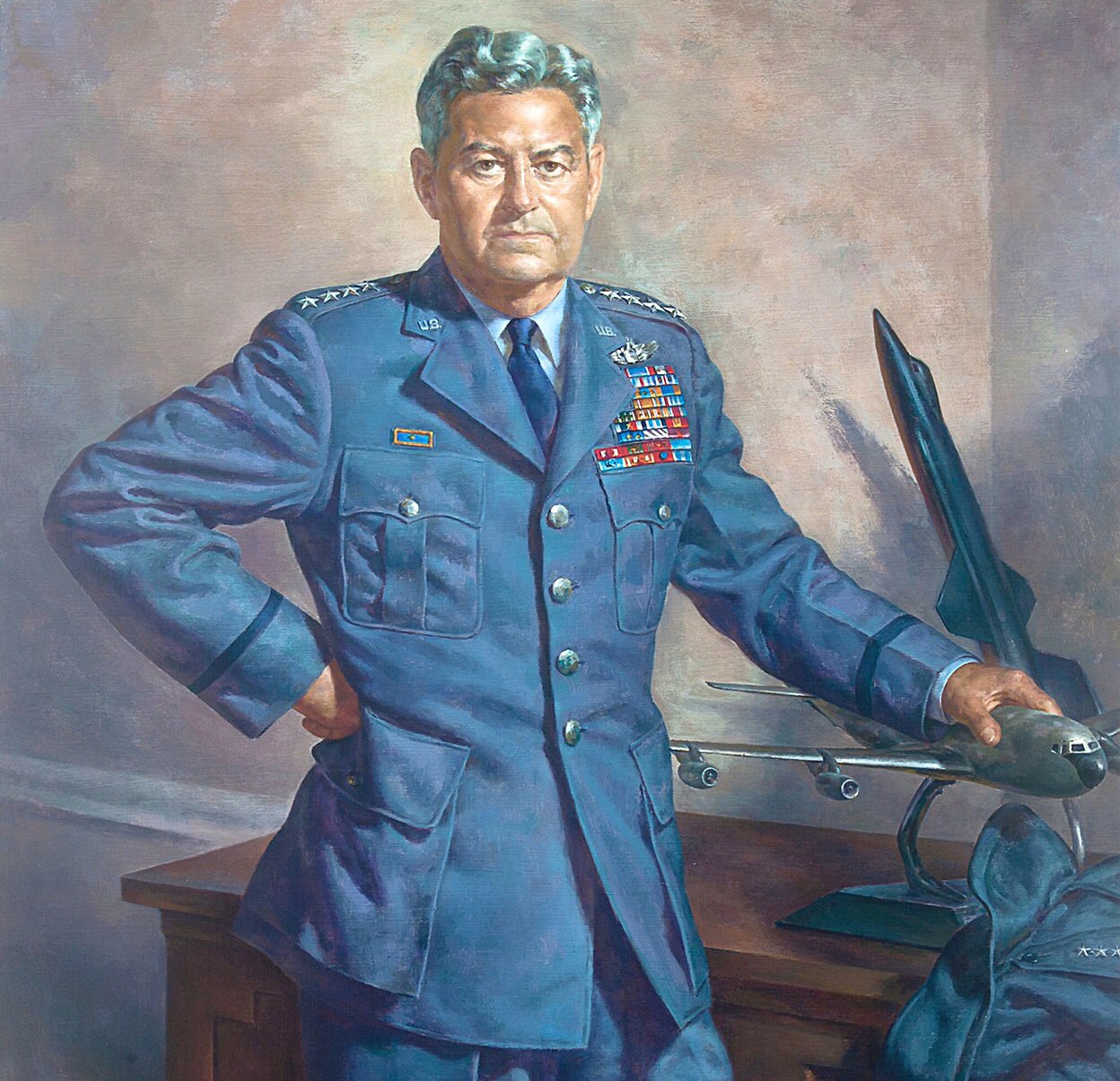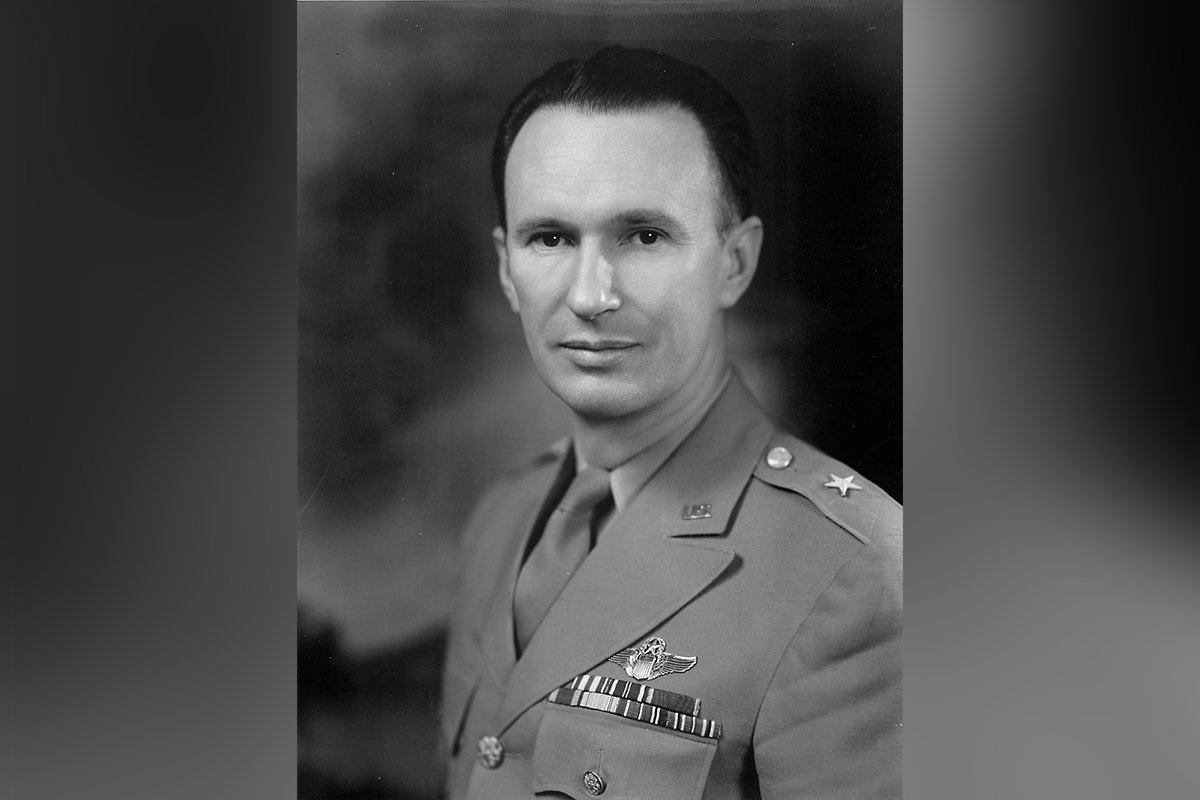Gladwell Book Explores Leaders, Tech, Morality of Bombing During World War II

Malcolm Gladwell says his seventh book is “not a war story but is a story set in war,” and his disclaimers are on target. The Bomber Mafia: A Dream, a Temptation, and the Longest Night of the Second World War is not a tale told by 11 air grunts inside a B-29. Instead, the setting is inside the minds of military officers, scientists, and others in what’s called the Bomber Mafia — the dozen “theorists and intellectuals” who wrestle with the moral, ethical, strategic, and tactical ramifications of how and when to drop bombs and what types to unleash.
How and whether to keep new technology compatible with human decency is the gist of the The Bomber Mafia. From another writer, the premise might produce yawns, but Gladwell is adept at nonfiction storytelling. He has a reputation for blending psychology and pop culture.
His engaging, conversational style was introduced in book form in 2002’s The Tipping Point: How Little Things Can Make a Big Difference, in which Gladwell explores the subject of sociological change. His latest is equally enjoyable, but the topic is different from his other dives into less tangible concepts, such as how unconscious thinking works (Blink: The Power of Thinking Without Thinking, 2007), and how people relate (Talking to Strangers: What We Should Know About the People We Don’t Know, 2019).

The Bomber Mafia is about airborne death and destruction, subjects that are horrendous — not humorous — even when the book’s real-life figures sometimes seem comic or eccentric. Gladwell’s selective history introduces many players but focuses on two who could not be more different: Gen. Haywood Hansell and Gen. Curtis LeMay of the Army’s nascent air force.
The controversial, polarizing, and “brutal” LeMay advocates “getting the war over as quick as possible,” and he brings his nighttime bombing experience from Europe to the Pacific. Gladwell agrees with another biographer who claims LeMay never uttered an oft-repeated line attributed to him suggesting the United States should bomb Vietnam back to the Stone Age.
LeMay’s “unfathomable depths” of character, Gladwell says, “didn’t have limits the way normal people did.” LeMay could “achieve things others could not even imagine.” But “at the same time, it gave people pause.”
LeMay’s opposite — the subtle and “aristocratic” Hansell — advocates high-altitude, precision-target daylight bombing. This cleaner, safer kind of war is the dream and discussion point of the Bomber Mafia, located at Maxwell Field in Alabama. While they study, England — which Germany is strafing at night, killing thousands — scoffs at the premise of exploring technological precision.
“It seemed to them that the Americans were holding an undergraduate philosophy seminar,” Gladwell writes.
But the author sympathetically notes the bewildering time: World War II “took place in another technological era … half 20th century and half 19th century.” He starts with the 1920s development of a bombsight — “a more accurate way to drop a bomb” — which he puts up there on a wish list with the era’s other dire needs such as vaccines and agricultural fertilizers “to help prevent famine.”

A bombsight “could drop a bomb into a pickle barrel from six miles up,” Gladwell writes, using the folksy analogy at least three times in one of his playful uses of repetition to remind readers of the crux of the content. Enthralled by the technical opportunity, the Army buys into the idea of a crew member carrying a 55-pound analog computer onto each plane in an attempt to add technology that might make war more “precise and quick and almost bloodless.”
Only the bombsight is not reliable, bombs don’t always cause the desired damage, and major raids such as those over Schweinfurt and Regensburg, Germany, produce no “measurable effect on essential war production,” the US admits. In the Pacific theater, a newfound turbulence caused by what is later known as the “jet stream” adds to the challenges.
Meanwhile, the National Defense Research Committee is up to something besides the Manhattan Project. Chemists are instructed to “find better ways to burn things down,” and they come up with a combination of gasoline mixed with aluminum naphthenate and aluminum palmitate: napalm.
Is the fiery mixture the future? Should Hansell forget his moral code and try napalm? The man whose favorite book is Don Quixote is in a quandary, but the Army cannot wait for him to decide. Gladwell suggests in The Bomber Mafia that you’d go to Hansell for planning, and you’d go to LeMay for leading. “There really wasn’t any other option,” Gladwell says, and Hansell is pulled from Guam.
Who would take Hansell’s place? LeMay, his elocutionary opposite. LeMay quickly directs Operation Meetinghouse, an “armada” of more than 300 B-29s that leaves Guam, Tinian, and Saipan for Tokyo on the title’s “longest night” — a melodramatic and debatable designation — March 9, 1945.

“If you looked to the sky that night in Tokyo,” Gladwell writes, “there would have been a moment of extraordinary beauty — thousands of bright green daggers falling down to earth.”
In contrast to the visual splendor in the sky, “everything burned for 16 square miles” on the ground. The US later admitted that “probably more persons lost their lives by fire at Tokyo in a six-hour period than at any time in the history of man.”
Yet LeMay was relentless, Gladwell recalls in The Bomber Mafia. Coupled with his “improvised solution to get around the weather,” the 21st Bomber Command firebombs 67 Japanese cities in six months. LeMay believed, Gladwell writes, “that the atomic bombs [at Hiroshima and Nagasaki] were superfluous. The real work had already been done.”
Despite LeMay’s record in aerial warfighting on two continents, Gladwell maintains that the more careful but unfamous Bomber Mafia’s mindset for detailed, daytime targeting was not mislaid. While researching and writing the book, the author met with five generals in Washington at one point who were discussing the B-2 Stealth Bomber — “the modern-day equivalent of Curtis LeMay’s B-29 […] with the power to come out of nowhere, undetectable,” from 40,000 feet. The B-2’s high-altitude, stealthy precision is a vindication and validation of the Bomber Mafia dream of bombing appropriately and skillfully, Gladwell writes.
“Curtis LeMay won the battle,” he concludes. “Haywood Hansell won the war.”
The Bomber Mafia: A Dream, a Temptation, and the Longest Night of the Second World War by Malcolm Gladwell, Little, Brown and Company, 256 pages, $27
Read Next: Sebastian Junger on ‘Freedom,’ Leaving War Behind, and Afghanistan Exit

J. Ford Huffman has reviewed 400-plus books published during the Iraq and Afghanistan war era, mainly for Military Times, and he received the Military Reporters and Editors (MRE) 2018 award for commentary. He co-edited Marine Corps University Press’ The End of Don’t Ask, Don’t Tell (2012). When he is not reading a book or editing words or art, he is usually running, albeit slowly. So far: 48 marathons, including 15 Marine Corps races. Not that he keeps count. Huffman serves on the board of Student Veterans of America and the artist council of Armed Services Arts Partnership and has co-edited two ASAP anthologies. As a content and visual editor, he has advised newsrooms from Defense News to Dubai to Delhi and back.
BRCC and Bad Moon Print Press team up for an exclusive, limited-edition T-shirt design!
BRCC partners with Team Room Design for an exclusive T-shirt release!
Thirty Seconds Out has partnered with BRCC for an exclusive shirt design invoking the God of Winter.
Lucas O'Hara of Grizzly Forge has teamed up with BRCC for a badass, exclusive Shirt Club T-shirt design featuring his most popular knife and tiomahawk.
Coffee or Die sits down with one of the graphic designers behind Black Rifle Coffee's signature look and vibe.
Biden will award the Medal of Honor to a Vietnam War Army helicopter pilot who risked his life to save a reconnaissance team from almost certain death.
Ever wonder how much Jack Mandaville would f*ck sh*t up if he went back in time? The American Revolution didn't even see him coming.
A nearly 200-year-old West Point time capsule that at first appeared to yield little more than dust contains hidden treasure, the US Military Academy said.












